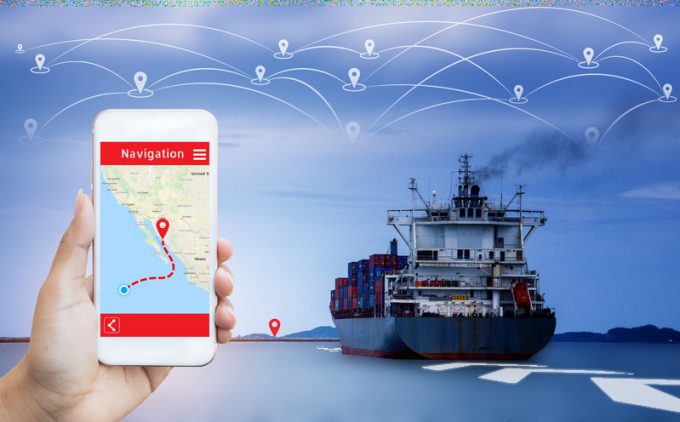FMC commissioners call for federal support for 'struggling' box terminal operators
The US federal government should consider stepping in to help container terminal operators stay in ...

Second-tier ports have been slammed for a lack of digitalisation, putting global logistics chains at risk.
According to Singapore-based port software provider Innovez-One, some 80% of the world’s 4,900 ports are “not yet using digital technology for even the most basic processes”.
Instead, they rely on whiteboards and spreadsheets to manage “critical” marine services such as towage, pilotage and launch boats.
“This leaves many ports commercially vulnerable and less able to compete in an increasingly digital world,” it claimed.
“The benefits of digitalisation remain ...
Asia-USEC shippers to lose 42% capacity in a surge of blanked sailings
USTR fees will lead to 'complete destabilisation' of container shipping alliances
New USTR port fees threaten shipping and global supply chains, says Cosco
Outlook for container shipping 'more uncertain now than at the onset of Covid'
Transpac container service closures mount
DHL Express suspends non-de minimis B2C parcels to US consumers
Zim ordered to pay Samsung $3.7m for 'wrongful' D&D charges
Flexport lawsuit an 'undifferentiated mass of gibberish', claims Freightmate


Comment on this article